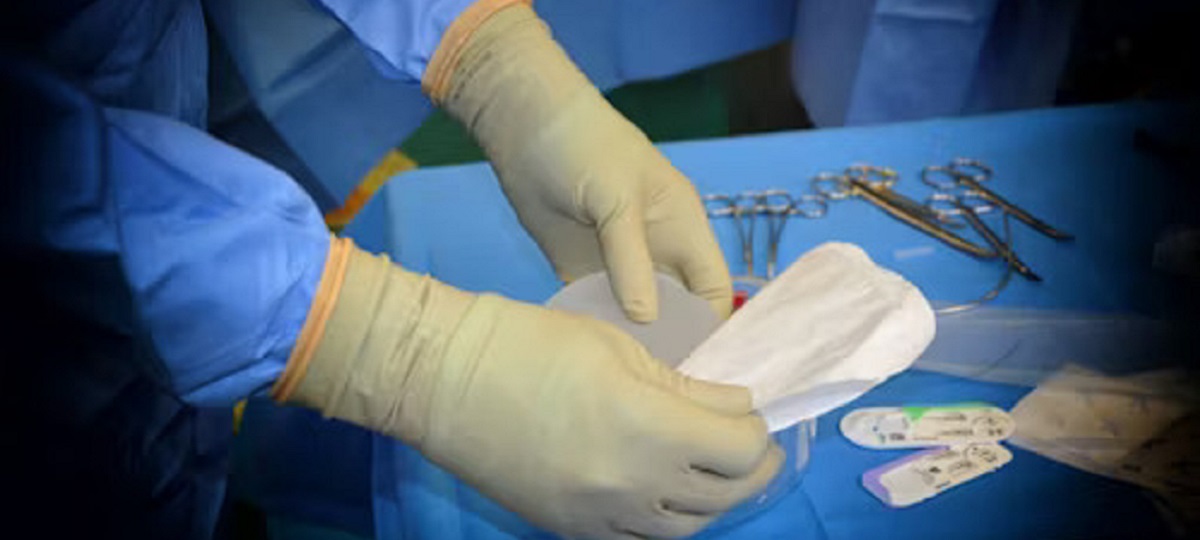Hand and wrist discomfort, tingling, and numbness are frequent symptoms of carpal tunnel syndrome (CTS). Carpal tunnel Surgery syndrome can be surgically treated when non-invasive therapies are ineffective. That being said, “When can I resume driving?” is an often asked topic throughout the recuperation phase. Providing a thorough overview of the variables affecting the recovery period from carpal tunnel surgery is the goal of this essay.
Understanding Carpal Tunnel Surgery
Carpal tunnel release surgery involves cutting the transverse carpal ligament to alleviate pressure on the median nerve, which is responsible for the symptoms associated with CTS. The surgery can be performed through open or endoscopic techniques, and the recovery process may vary depending on the individual and the chosen surgical approach.
Immediate Post-Surgery Period
In the immediate aftermath of carpal tunnel surgery, patients are typically advised to rest and allow their bodies to heal. Driving is generally not recommended during this initial phase, which typically lasts a few days. The primary reasons for avoiding driving at this stage are the effects of anesthesia, pain medication, and the need to keep the hand elevated to minimize swelling.
The effects of anesthesia can linger for a variable period, and patients may experience drowsiness, dizziness, and reduced concentration. Engaging in activities that require full alertness, such as driving, can pose a safety risk. Additionally, pain medication may cause drowsiness or impair cognitive function, further emphasizing the importance of refraining from driving until these effects subside.
It’s essential to follow the specific postoperative instructions provided by the surgeon, including restrictions on hand movement, keeping the hand elevated, and wearing a splint or bandage. Compliance with these guidelines helps promote optimal healing and minimizes the risk of complications.
The First Week
As the days progress beyond the immediate post-surgery period, patients may experience a reduction in pain and discomfort. However, full recovery takes time, and during the first week, it’s advisable to focus on rest and gradually reintroduce light activities. While short drives may be considered under certain circumstances, it’s crucial to prioritize safety and listen to the body’s signals.
Factors Influencing Driving Resumption
Several factors influence the timeline for resuming driving after carpal tunnel surgery:
- Dominant Hand Involvement:
- If the surgery is performed on the dominant hand, patients may find it more challenging to resume driving, as this hand is typically responsible for steering and gear shifting.
- Type of Surgery:
- The type of carpal tunnel surgery performed can impact the recovery timeline. Endoscopic procedures may allow for quicker recovery compared to open surgery, as they involve smaller incisions and may result in less postoperative pain.
- Individual Healing Response:
- Each individual’s body responds differently to surgery, and factors such as age, overall health, and pre-existing medical conditions can influence the rate of recovery.
- Follow-up Appointments:
- Regular follow-up appointments with the surgeon are crucial to assess the progress of healing and receive guidance on when it is safe to resume driving. Surgeons may provide personalized recommendations based on the patient’s recovery trajectory.
Gradual Resumption of Driving
While the initial week focuses on rest and light activities, the second week marks the beginning of gradual resumption of daily activities, including driving. However, patients are advised to start with short distances and assess their comfort level before attempting longer drives.
It’s important to consider the following tips when contemplating a return to driving
- Gradual Increase in Driving Time:
- Begin with short, local drives and gradually increase the duration as comfort and confidence improve. Avoid prolonged periods of continuous driving initially.
- Comfortable Hand Positioning:
- Ensure that the hand positioning required for driving does not cause discomfort or strain on the surgical site. Adjust the steering wheel and seat to find a comfortable driving position.
- Minimize Distractions:
- Concentrate on the act of driving and minimize distractions inside the vehicle. This includes refraining from using mobile devices and adjusting settings before starting the journey.
- Consultation with Healthcare Provider:
- Before resuming driving, it is advisable to consult with the healthcare provider or surgeon. They can provide specific guidance based on the individual’s progress and any unique considerations related to the surgery.
Conclusion
After carpal tunnel surgery, getting back behind the wheel is a long process that involves careful consideration of individual characteristics and following postoperative instructions. A seamless recovery may be ensured by patients putting safety first, paying attention to their bodies, and keeping in regular contact with their healthcare professionals. People may make decisions that lead to a successful and safe recovery from surgery by being aware of the elements that affect when it is appropriate to resume driving.
Visit here for treatment: Dyslexia treatment | Spinal stenosis treatment
